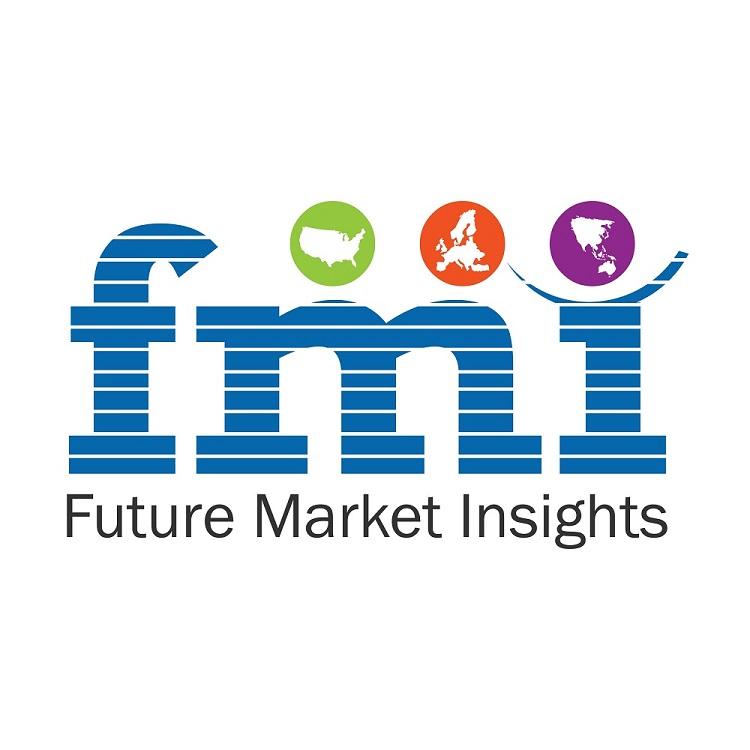In 2022, the size of the Global image guided systems market was US$ 7.23 billion, and by 2033, it is anticipated to reach US$17.41 billion. The devices segment, which currently holds a market share of more than 75% within the product category, is anticipated to grow at a CAGR of nearly 8.2% from 2023 to 2033.
The practice of neurosurgery has undergone a revolution thanks to image-guided surgery (IGS) throughout the past few decades. IGS is frequently used to detect and remove intracranial gliomas and their metastases, but it is also helpful for meningioma surgery, particularly for accessing deep tumors, designing an ideal craniotomy for superficial lesions, and locating crucial neurovascular structures deep into the tumor in the skull base surgery.
Unlock Peak Performance - Get Your Sample Now:
https://www.futuremarketinsights.com/reports/sample/rep-gb-959
Meningioma surgery also has the benefit of having little to no brain shift, which enables accurate navigation to be carried out continuously throughout the process. The market is expected to continue to drive the rise in complicated operations and the incidence of trauma. It is anticipated that image-guided procedures would spread more widely in developing economies. Additionally, collaborations, and product releases in image-guided therapy among manufacturers are anticipated to fuel market expansion in the next decade.
Similarly, as the population is more inclined towards minimally invasive procedures, an increase in the geriatric population is likely to cause an increase in many chronic conditions like hypertension, cancer, and many more. These factors will drive the market.
Key Takeaways:
- Device is the leading segment and held about 75.5% market share in 2022, due to the increased demand for less intrusive image-guided treatments and more precise procedures.
- By Application, the neurosurgery segment is leading and held around 29.3% market share in 2022, owing to the increasing requirement of technologically advanced image guided devices in neurological surgeries.
- By end user, the hospitals dominated the global image guided systems market holding the total market share of about 74.8% by the end of 2022, owing to the convenience and ease of accessibility to a range of surgical procedures.
- By region, North America is leading in the global image guided systems market with U.S. contributing a market share of 41.2% in 2022 to the global market due to the increasing prevalence of chronic diseases.
“High Adoption Rate Due to Enhanced Accuracy and Improved Patient Outcomes Coupled with the Development of IGS are Driving the Market,” – says an analyst at Future Market Insights (FMI).
Market Competition:
Manufacturers are aware of the competitive landscape in the image-guided systems market and recognize the need to stay ahead. By introducing new and advanced products, they aim to gain a competitive edge and capture a larger market share. Key manufacturers are also engaging in collaborations and partnerships with research institutions to leverage their expertise and insights in developing cutting-edge image-guided systems.
- In February 2021, Philips introduced the ClarifEye augmented reality surgical navigation system to its lineup of products. The aim was to enhance minimally invasive spine surgeries by combining 3D and 2D visualizations while minimizing X-ray exposure, using 3D augmented reality technology.
What Does the Report Cover?
Future Market Insights offers a unique perspective and actionable insights on the image guided systems market in its latest study, presenting a historical demand assessment of 2017 to 2022 and projections for 2023 to 2033. The global image guided systems market is segmented in detail to cover every aspect of the market and present a complete market intelligence approach to the reader.
The research study is based on product– {Device, [Computed Tomography (CT) Scanners, Ultrasound Systems, Magnetic Resonance, Imaging, Endoscopes, X-ray Fluoroscopy, Positron Emission Tomography (PET), Single Photon Emission Computed Tomography (SPECT)], Software}, by Application- [Cardiac Surgery, Neurosurgery, Orthopedic Surgery, Gastroenterology, Urology, Oncology Surgery, Others (ENT, Dental, Pulmonary surgery)], by End User (Hospitals, Ambulatory Surgical Centers, Clinics, Research & Academic Institutes), across seven regions of the world.
Key Players:
- Siemens Healthineers
- Analogic Corporation
- GE Healthcare
- Koninklijke Philips N.V.
- Stryker Corporation
- Carestream Health
- Hitachi Medical Corporation
- Hologic
- United Imaging Technologies Inc.
- BrainLab AG
- Karl Storz Gmbh & Co. Kg
- Smith & Nephew Plc
Key Segments Covered:
By Product:
- Devices
- Computed Tomography (CT) Scanners
- Ultrasound Systems
- Magnetic Resonance Imaging (MRI)
- Endoscopes
- X-ray Fluoroscopy
- Positron Emission Tomography (PET)
- Single Photon Emission Computed Tomography (SPECT)
- Softwares
By Application:
- Cardiac Surgery
- Neurosurgery
- Orthopedic Surgery
- Gastroenterology
- Urology
- Oncology Surgery
- Others (ENT, Dental, Pulmonary surgery)
By End User:
- Hospitals
- Ambulatory Surgical Centers
- Clinics
- Research & Academic Institutes

